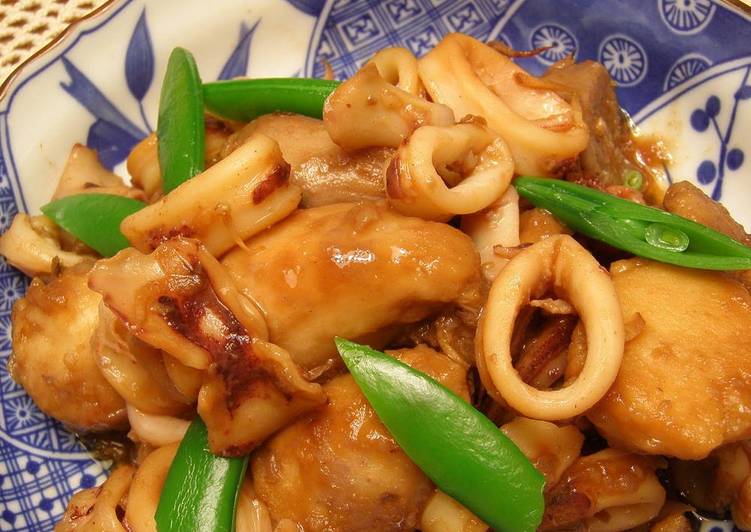Easy Simmered Taro Roots and Squid. Simmered Taro, is a classic simmered dish in Japan. In Japanese we call this dish Satoimo no Nimono (里芋の煮物) or Satoimo no If you're unfamiliar with taro, it is a starchy root crop that is known for its nutrition values and essential minerals. The variety of taro vary in sizes and shapes, but.
 Know tips for how to plant and grow taro root at home in containers indoor or outdoor in easy instructions including taro root planting, watering.
Taro roots are a delicious root vegetable that is a common staple of most Asian Pacific diets.
You should be able to find them at an Asian market, or any grocery store with a fairly extensive produce section.
You can cook Easy Simmered Taro Roots and Squid using 9 ingredients and 5 steps. Here is how you cook that.
Know tips for how to plant and grow taro root at home in containers indoor or outdoor in easy instructions including taro root planting, watering.
Taro roots are a delicious root vegetable that is a common staple of most Asian Pacific diets.
You should be able to find them at an Asian market, or any grocery store with a fairly extensive produce section.
You can cook Easy Simmered Taro Roots and Squid using 9 ingredients and 5 steps. Here is how you cook that.
Ingredients of Easy Simmered Taro Roots and Squid
- Prepare 1 of whole squid Squid.
- Prepare 10 of Taro root.
- You need 2 of thin slices' worth ★Ginger (shredded).
- Prepare 2 tbsp of ★Soy sauce.
- You need 1 tbsp of ★Mirin.
- You need 1/2 tbsp of ★Sake.
- It's 1 tbsp of ★Sugar.
- Prepare 400 ml of Dashi stock.
- You need 6 of Green vegetables such as string beans.
There are many varieties of taro, the root of a perennial plant with large, elephantine leaves. Some are small, round, and hairy, like rodents, others are larger and The texture of taro is unlike any other root vegetable or squash. Steamed or simmered, taro is soft and almost custard-like, yet still firm and dry. Taro--also called Dasheen--is a perennial tropical or subtropical plant commonly grown for its starchy but sweet flavored tuber.
Easy Simmered Taro Roots and Squid instructions
- Remove the guts and cartilage from the squid and wash the squid. Cut the suckers off of the tentacles one at a time, holding each of them. Cut the body into 1 cm rings. Peel the satoimo, and cut large ones in half..
- (Boil it until it looks like the photo). Put 50 ml of the dashi stock into a pan with the ★ ingredients and bring to the boil. Once boiled, add the squid and simmer/fry it for about 2 minutes. Once done, put it on a plate and keep aside..
- Put the satoimo into the pan used for the squid, add the remaining dashi stock and put this on a high heat (if the dashi stock isn't enough to cover the satoimo, add water)..
- Bring to the boil, lower the heat to medium and put a drop-lid (otoshibuta) on top. Simmer for about 10 minutes until the satoimo are soft..
- Once the satoimo are soft, return the squid to the same pan. Simmer until there is no liquid remaining while shaking the pan. Boil the green vegetables (the string beans) with salt. Serve the simmered squid and satoimo, then decorate with the beans..
Lift taro roots like sweet potatoes before the first frost in autumn. Taro leaves can be picked as soon as the first leaf has opened; harvest taro leaves cut-and-come-again. Taro root comes from the taro plant, which is native to Southeast Asia and India and is a staple in diets there as well as Africa, China, the Caribbean, and Hawaii. Both the big green leaves of the plant and the root itself can be consumed when cooked. In their raw form, both are toxic.